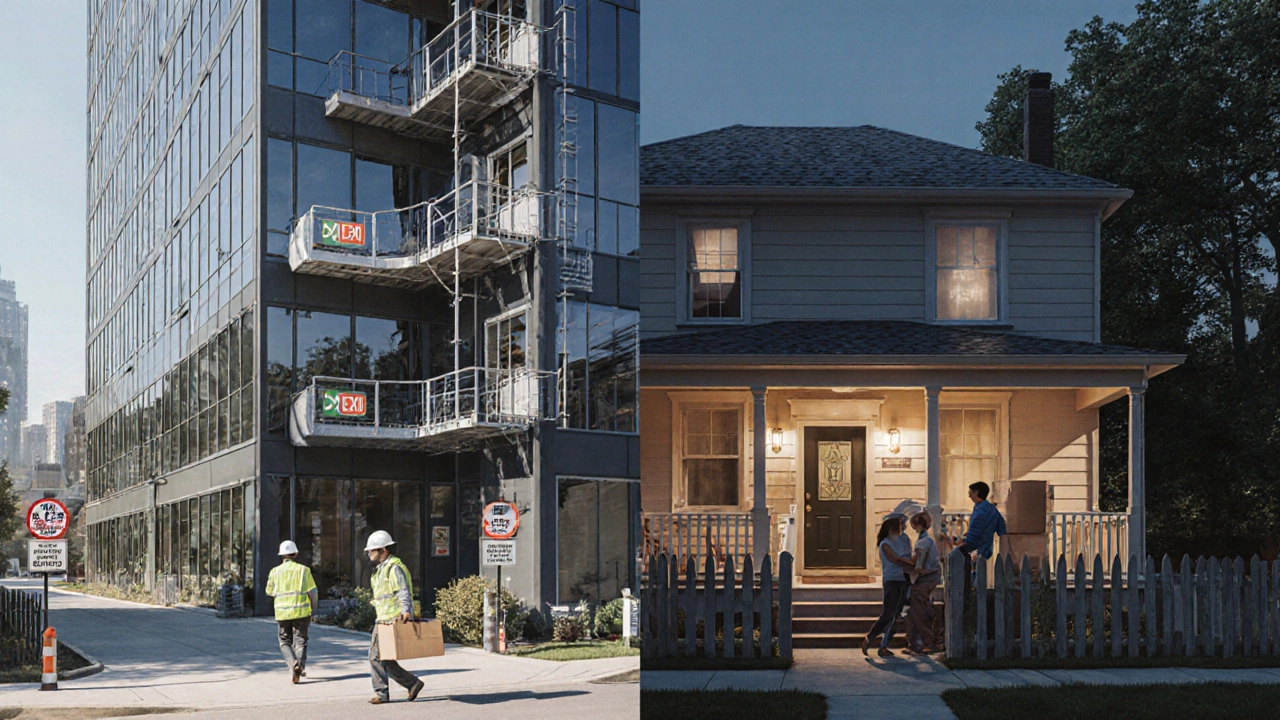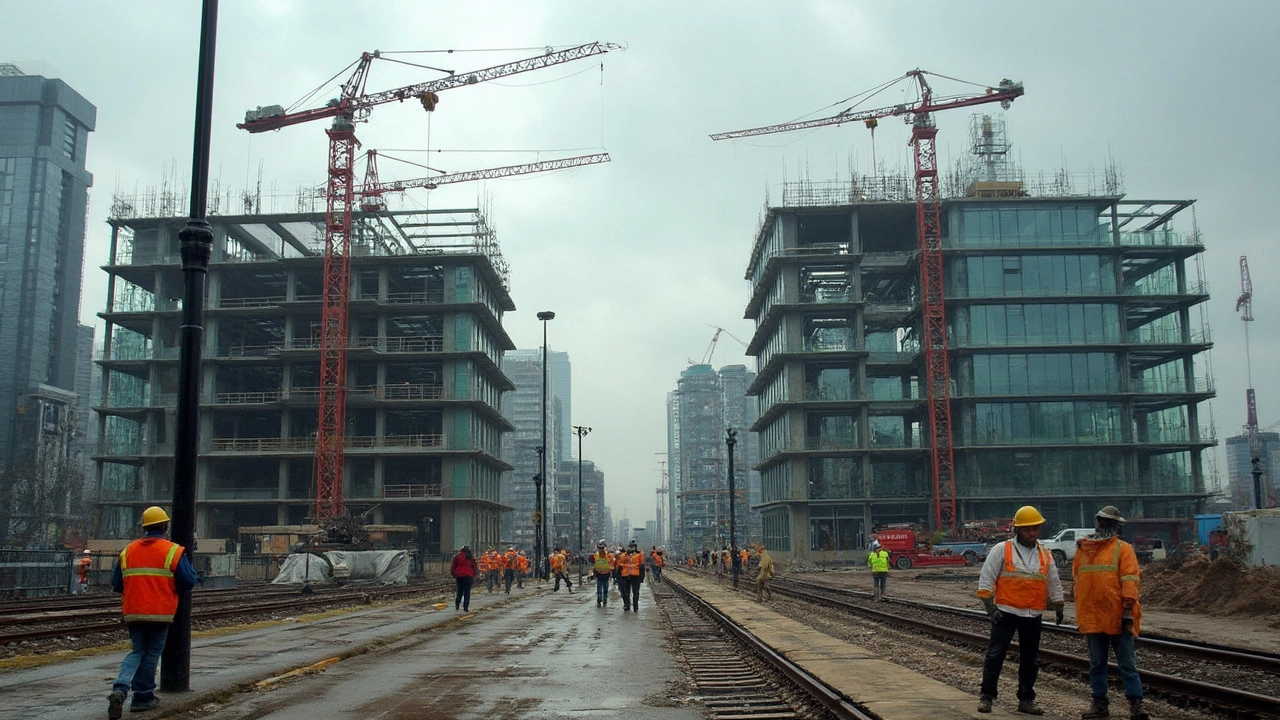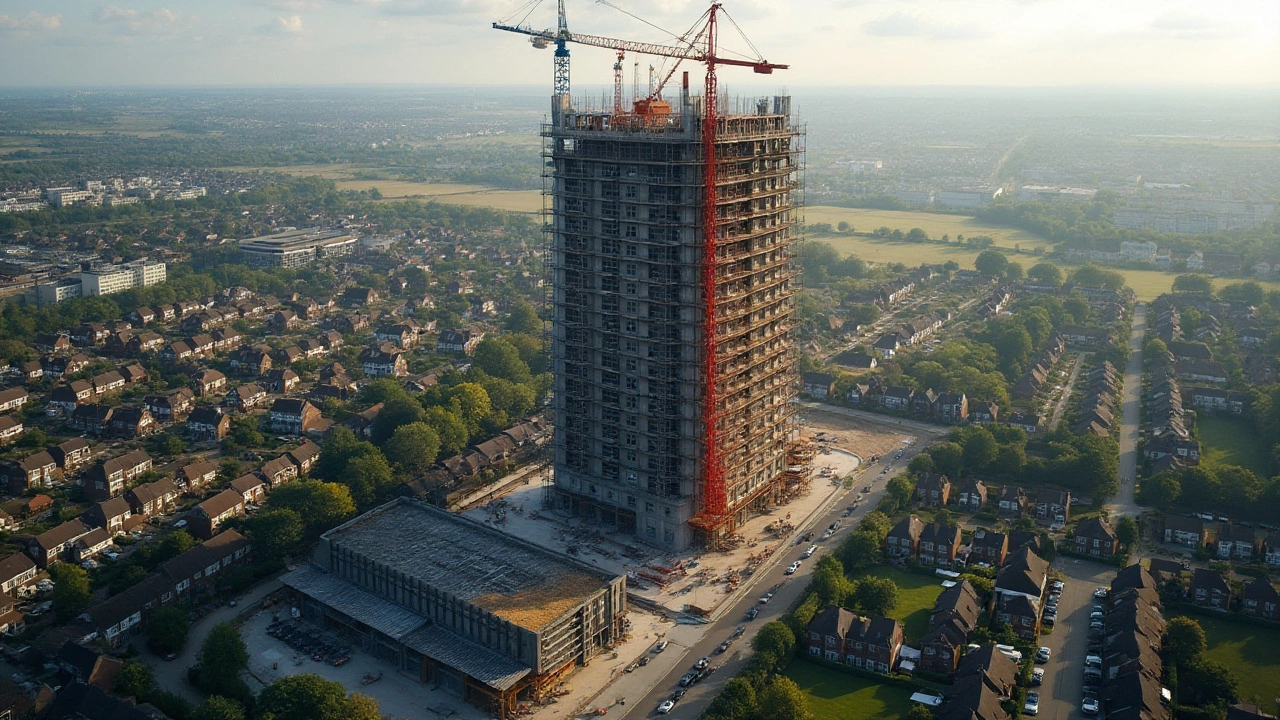Construction Differences: What Sets One Project From Another
Ever wonder why some builds feel cheap while others look solid for decades? The answer often lies in the details that separate one type of construction from another. From the way a commercial office is planned to the materials chosen for a family home, each decision changes cost, timeline, and long‑term performance.
Commercial vs Non‑Commercial Construction
Commercial projects follow stricter codes because they host more people and hold higher risks. Think of a shopping centre – it needs fire‑rated walls, bigger stairwells, and often a different structural layout than a single‑family house. Non‑commercial builds, like your home renovation, usually have more flexibility on design but tighter budgets.
One clear difference is profit margin. In the UK, the average construction profit margin hovers around 5‑7% for commercial firms, while residential contractors often target 10‑12% because they can charge higher fees for bespoke work. Knowing these margins helps you gauge whether a quote is realistic.
Materials, Foundations, and Hidden Costs
Choosing the right material is a big part of the difference game. Concrete, steel, and wood each have strengths. Concrete delivers strength, steel adds speed, and wood offers simplicity. A recent guide on essential construction materials broke down where each shines, making it easier to pick what fits your project.
Foundations are another spot where differences matter. A small crack may hint at a major foundation issue that requires underpinning or piering – the two most expensive repair methods. If you spot uneven doors or walls, it’s a sign to call a specialist before the problem grows.
Mold is a hidden threat that crosses both commercial and residential projects. New‑build homes can still develop mold if moisture isn’t controlled during construction. Simple steps like proper ventilation and moisture barriers can stop the problem before it starts.
Pay attention to timelines, too. A small bathroom remodel might take a week, but a full‑scale commercial fit‑out can stretch months because of extra inspections and coordination with multiple trades.
Bottom line: construction differences aren’t just jargon – they affect your budget, schedule, and the durability of the finished space. By understanding the key factors – type of building, material choice, profit expectations, and foundation health – you can make smarter decisions and avoid costly surprises.
Commercial vs Residential Construction: Which Is Better for Your Project?
- Gavin Whitaker
- |
- |
- 0
Commercial and residential construction serve very different purposes. Learn the key differences in cost, timeline, financing, and risk to decide which type of building is better for your goals.
View moreIndustrial and Commercial Construction: Are They Really the Same?
- Gavin Whitaker
- |
- |
- 0
Ever wondered if industrial and commercial construction are just two names for the same thing? This article digs into what actually separates these two huge pieces of the construction world. You'll find out how their projects, needs, and even teams can be very different. Plus, there are helpful tips for anyone thinking about a new building or trying to pick the right contractor. Get ready for some real talk that clears up the confusion.
View moreComparing Commercial and Residential Construction Projects: Key Differences Explained
- Gavin Whitaker
- |
- |
- 0
This article delves into the differences between commercial and residential construction projects, highlighting distinctive factors in scope, design, materials, and regulations. Understand how each project type caters uniquely to various needs and functions. Gain insights into the pivotal roles of budgeting and scheduling, as well as the crucial element of community impact. Practical tips are also provided for professionals navigating either landscape.
View more

